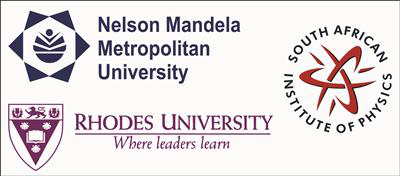Speaker
Mr
Sashin Moonsamy
(University of the Witwatersrand)
Level for award<br> (Hons, MSc, <br> PhD, N/A)?
PhD
Abstract content <br> (Max 300 words)<br><a href="http://events.saip.org.za/getFile.py/access?resId=0&materialId=0&confId=34" target="_blank">Formatting &<br>Special chars</a>
The heat transfer rates predicted by the Full Spectrum of Turbulence (FST) model of stellar convection differ significantly from those predicted by Mixing Length Theory. The difference is due to the inclusion of the entire range of scales of turbulence rather than the single scale assumption of MLT. Inclusion of these scales leads to a new governing equation for the calculation of the convective heat flux in the stellar interior. We discuss the key ingredients of the FST model and comment on its application to stars.
Apply to be<br> considered for a student <br> award (Yes / No)?
Yes
Would you like to <br> submit a short paper <br> for the Conference <br> Proceedings (Yes / No)?
Yes
Main supervisor (name and email)<br>and his / her institution
Dr. Fabio Frescura ; Fabio.Frescura@wits.ac.za ; University of the Witwatersrand.
Please indicate whether<br>this abstract may be<br>published online<br>(Yes / No)
Yes
Primary author
Mr
Sashin Moonsamy
(University of the Witwatersrand)
Co-authors
Dr
Chris Engelbrecht
(University of Johannesburg)
Dr
Fabio Frescura
(University of the Witwatersrand)

